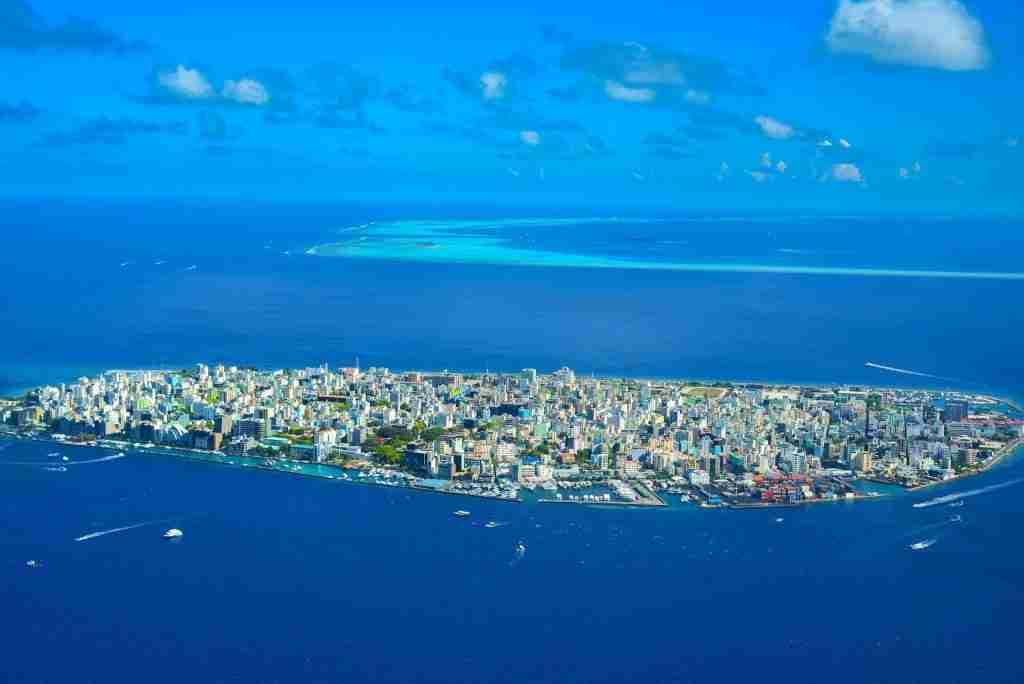Malé is the Maldives’s capital and most populous city, located in the southern edge of North Malé Atoll (Kaafu Atoll) in the Indian Ocean. Here are some key aspects of the economy of Malé:
Malé has a population of 252,768, including other districts and 8.30 square kilometers (3.20 sq mi), making it one of the most densely populated cities in the world.
Industries In Malé
Tourism:
The largest contributor to the Maldivian economy is the tourism industry.
The tourism industry accounts for a significant portion of the Maldives’ economic activity, contributing 28% to the GDP and more than 60% to the country’s foreign exchange receipts. Malé is an important center of trade and tourism in the Maldives.
Fishing
Fishing is another important industry in the Maldives, with fish (bonito and tuna), coconuts, breadfruit, and woven palm mats being the chief products.
Government
Malé is home to several government buildings, including the Shaheedh Hussain Adam Building, which is the central government building in the city, and Muleeaage, which is the official residence of the President.
The government is an essential employer in the city, and it plays a significant role in the economy of the Maldives.
Infrastructure In Malé
Malé has limited transportation infrastructure, with only 9.6 kilometers of coral highways on the island. There are no railways in the Maldives, and the total number of roads is unknown due to the small size of the islands and the tiny number of cars throughout the rest of the islands.
Malé International Airport handles domestic and international flights, and it is connected with Sri Lanka and India by steamship lines. The city also has an airport ferry service that operates 24/7, excluding one day of the week, and a public ferry departs every 15 minutes during the day and every 30 minutes or so in the middle of the night, operating 24 hours a day. Private seaplanes are also available for charter.
Economic freedom
The Maldives’ economy ranks 160th with economic freedom score of 46.6 in 2023 Index, a decrease of 0.7.points from last year. The average tariff rate is 13.2%, with persistent nontariff barriers.
Foreign ownership is limited and some sectors have restrictions. The financial sector is dominated by banks..
In summary, Malé is an important center of trade and tourism in the Maldives, with the tourism industry being the most significant contributor to the Maldivian economy.
Fishing and government are also important industries in the city. Malé has limited transportation infrastructure, and the Maldives’ economic freedom score is relatively low.
